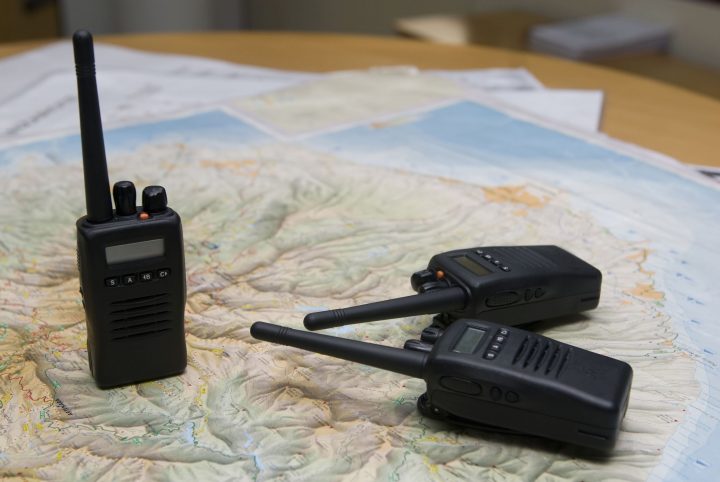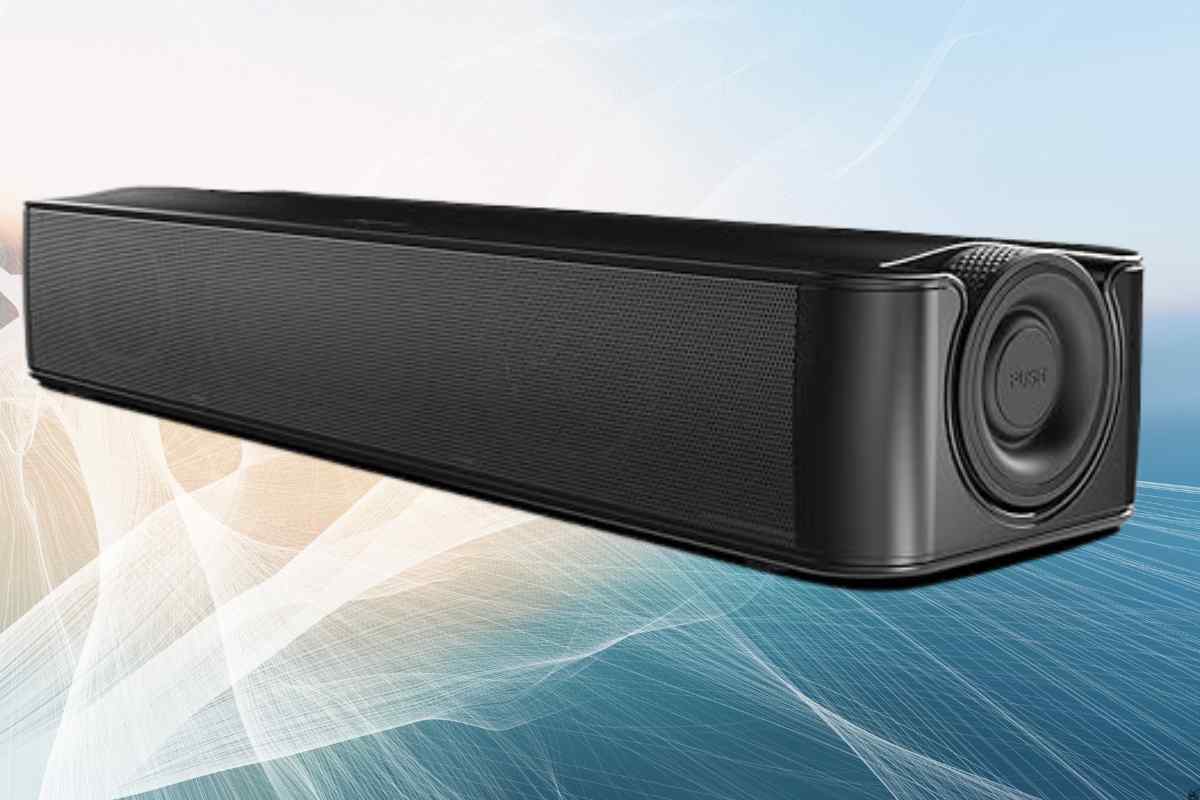
- Fitbit has unveiled three new wearables for summer 2020: the Fitbit Sense, Fitbit Versa 3, and Fitbit Inspire 2.
- The Fitbit Sense is the company’s new flagship watch, complete with and EDA sensor for stress tracking and an ECG monitor.
- Fitbit’s new smartwatches also have built-in GPS, making them ideal choices for runners.
Fitbit has had a busy year. After releasing the fantastic Charge 4 fitness tracker, it’s now unveiling three new wearables for all types of budgets. The Fitbit Sense is a high-end fitness smartwatch with loads of new sensors, the Fitbit Versa 3 is a mid-range offering that’ll be great for runners, and the Fitbit Inspire 2 is the company’s new baseline fitness tracker at an incredible value.
Fitbit Sense: The new hotness

The Fitbit Sense is Fitbit’s new flagship smartwatch. It’s the one you buy if you want all the sensors, regardless of what it might cost you. The company is calling this an “advanced health smartwatch” that’s “built with a biosensor core.” All of that jargon will make sense in a minute.
Three new health sensors are baked into the Fitbit Sense that you can’t get on any other Fitbit. The first is an EDA sensor. With the new EDA Scan app, the Fitbit Sense will measure electrodermal activity which essentially tracks your body’s stress levels. All you need to do is place your palm on the face of the Sense, and it’ll measure small electrical changes in your skin’s sweat level. You’ll then be given a graph based on your EDA results on the device and in the Fitbit app.
The goal here is to monitor your stress levels over time and to see how stress affects your health over time. The Fitbit app will provide insights based on EDA data. Fitbit is integrating EDA data into its mindfulness sessions in the Fitbit app, too, allowing you to see how your body responds to stress management techniques like breathing exercises.
The Fitbit Sense will also give you a stress management score from 1-100 based on your heart rate, sleep quality and duration, and activity levels. This score will help you understand how your body reacts to stress.
Why is all of this important? Other wearables have been able to monitor stress over time, though they normally only do so using heart rate data. Fitbit is providing a more accurate way to tell how stressed you actually are at any given time.
That’s not all. The Fitbit Sense also has a built-in ECG monitor for taking on-demand electrocardiogram readings. As is the case for just about every ECG wearable, though, it’s pending FDA approval in the US and won’t launch with this feature enabled. Once the FDA approves the monitor, Fitbit can turn it on remotely. Until then, all Fitbit can do is promise the feature will be turned on… eventually. As of this writing, Fitbit does not have an estimate on when it expects FDA clearance to go through.
ECG support sounds great, but we’ll have to wait for FDA approval before we can use it.
This might be the wearable to buy if you’re concerned about sensing an illness right away. The Fitbit Sense comes with a skin temperature sensor that will notify you if it senses any potential signs of illness. At a time when getting sick could be a very bad thing, it seems the Fitbit Sense is going on sale at the right time.
The Fitbit Sense has an AMOLED display covered in Gorilla Glass 3 that’s a bit rounder than what we’ve seen on previous Fitbit wearables. Fitbit is touting six-day battery life on the Sense, as well as a new magnetic charger that can give you a full day’s charge in just a few minutes.
The Sense has built-in GPS — which now seems to be standard on higher-end Fitbits — as well as a new PurePulse 2.0 heart rate sensor with an updated algorithm. I’ve been impressed with the quality of Fitbit’s heart rate sensors in the past, so I’m excited to see how much more accurate the Sense’s data turns out to be. The Fitbit Sense will also alert you if your heart rate is too high or low during times of inactivity.
Of course, Fitbit is yet again including an SpO2 sensor on its new smartwatch. It’ll primarily run at night while you’re asleep, and will attempt to notify you of any early signs of serious health conditions like AFib.
A few additional smartwatch features are coming to the Sense. You get Google Assistant and Amazon Alexa support, as well as a built-in speaker and microphone for accepting Bluetooth calls on your wrist (coming soon). Unfortunately, the new Fitbit devices still don’t support offline Spotify support.
The Fitbit Sense is on sale now on Fitbit.com and other retailers for $329.95 in Carbon/Graphite stainless steel and Lunar White/Soft Gold stainless steel. Fitbit is also throwing in a free six-month trial to Fitbit Premium (for new users) with purchases of the Fitbit Sense.
Fitbit Versa 3: The new hotness, minus a few things

The Fitbit Versa 3 is the smartwatch for those who aren’t interested in any of the new health features on the Fitbit Sense. It’s essentially the same exact device minus the EDA, ECG, and skin temperature sensors. There’s also no six-month trial of Fitbit Premium with Versa 3 purchases, and it doesn’t alert you of high/low heart rate readings while you’re inactive.
Read: Fitbit Versa 2 review: Inching towards greatness
The Fitbit Versa 3 comes with the same six-day battery life, an onboard speaker, the ability to take calls on your wrist, and the same AMOLED display as the Sense. It too has Amazon Alexa and Google Assistant support, built-in GPS, an SpO2 sensor, and Fitbit’s PurePulse 2.0 heart rate sensor.
Since you’re not paying for all the new technology, the Versa 3 is much cheaper than the Sense. It’s available now in Black/Black aluminum, Pink Clay/Soft Gold aluminum, and Midnight/Soft Gold aluminum from Fitbit.com and other retailers for $229.95.
Fitbit Inspire 2: What a steal
It’s not all about smartwatches. Fitbit is issuing a refresh to 2019’s Inspire line. The Fitbit Inspire 2 (just one model this year) is extremely similar to the Fitbit Inspire HR, only with an improved design and double the battery life.
The Inspire 2 has an inductive button on the side, just like we’ve seen on the Fitbit Charge 3 and 4. Fitbit also says it has a brighter, more vibrant display. Outside of those small changes, the only other notable difference is improved battery life. It can now last 10 days on a charge, up from the Inspire HR’s ~5 days. Not bad!
Fitbit didn’t include the newer PurePulse 2.0 heart rate sensor in the Inspire 2, so you can expect heart rate data to be about on par with that of the Inspire HR.
The kicker here is that Fitbit is throwing in a full year of Fitbit Premium (for new users) with purchases of the Fitbit Inspire 2. Considering Fitbit Premium normally costs $80 a year, this is an absolute steal if you’re new to the Fitbit ecosystem. You’re essentially getting a solid, entry-level activity tracker for $20 if you factor in the cost of Premium.
The Fitbit Inspire 2 is available now for $99.95 in Black, Lunar White, and Desert Rose.
The new Fitbit devices will be available worldwide in late September.
 Loading poll
Loading poll












